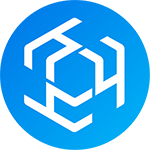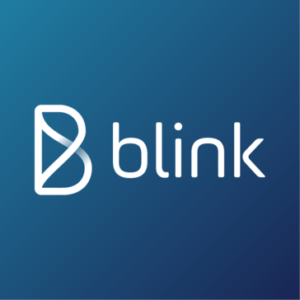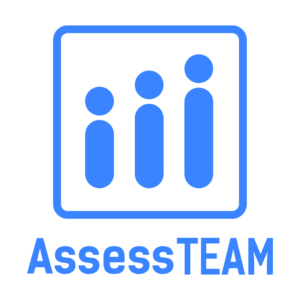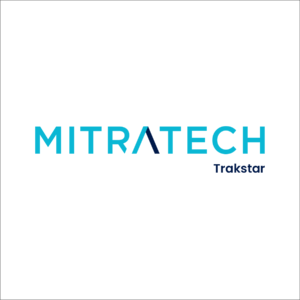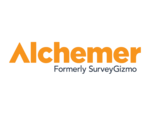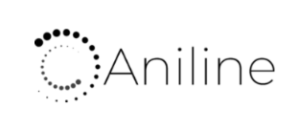All About Employee Engagement Software With Reporting And Statistics
Employee engagement software equipped with reporting and analytics helps businesses measure, analyze, and enhance employee connectivity to their work, teams, and the organization as a whole. This software enables you to understand the reasons behind the data, allowing you to track key engagement metrics such as job satisfaction, productivity, and retention.
Basically, the reporting features convert raw, complicated data into visual dashboards, heatmaps, or trend charts. Moreover, they highlight patterns such as declining morale in specific departments or high-performing teams. Additionally, statistics tools offer sentiment analysis, correlation insights (for example, linking engagement to performance), and predictive modeling. These capabilities provide valuable insights for decision-making and strategic planning.
Use Of Reporting And Statistics Features
Reporting and statistical analysis features provide a practical roadmap for improving workplace culture. For example, by tracking survey responses, feedback, and engagement metrics, HR can quickly identify trends, such as rising dissatisfaction in a particular department.
Managers can use real-time dashboards to identify disengagement hotspots and adjust strategies, like revising training programs or improving communication channels. These insights also help leaders measure the success of new initiatives and make data-driven decisions. Visualizing data through charts and graphs makes it easy to understand complicated trends and communicate findings to stakeholders.
Benefits Of Using Employee Engagement Software With Reporting And Statistics
By tracking metrics like survey responses, recognition trends, and performance patterns, organizations can effectively identify areas needing attention. For instance, these could be departments where morale is decreasing or teams that are at risk of burnout. Furthermore, customizable dashboards offer real-time visibility, allowing leaders to spot emerging issues and act quickly. This may involve tweaking workflows or launching targeted wellness programs. Additionally, advanced analytics can even predict turnover risks or highlight high-performing groups to replicate success. These tools also improve Return on Investment (ROI) by linking engagement efforts to retention, productivity, and customer satisfaction.

